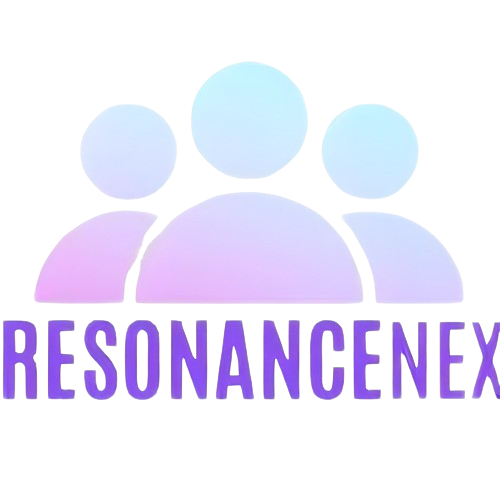Zodiac Hustle: Why the Stars Influence Your 9 to 5
Explore how your zodiac sign can shape your work style, career strengths, and challenges. Align your job path with your cosmic blueprint for more fulfillment and flow. Introduction Astrology isn’t just about love horoscopes or Mercury retrograde panic—it’s also a powerful tool for self-awareness and career alignment. With more people seeking meaningful work and purpose-driven lives, understanding how your zodiac sign influences your professional strengths, challenges, and preferences can be eye-opening. Welcome to the Zodiac Hustle—where we decode how your sun sign can guide your 9 to 5 and help you find more alignment at work. The Connection Between Zodiac Signs and Career Paths Every zodiac sign comes with its own set of inherent traits, preferences, and energy patterns. Whether you’re fiercely independent or deeply collaborative, your sign might explain a lot about how you hustle. Let’s be clear: astrology isn’t a rigid rulebook. Instead, think of it as a mirror—a reflective tool to better understand your natural talents, communication style, and even work-related stress triggers. Fire Signs: Aries, Leo, Sagittarius Your Work Vibe: Bold. Dynamic. Always on the move. Common Traits:•Driven, enthusiastic, and full of initiative•Natural-born leaders who seek challenge and visibility•Thrive in high-energy, competitive environments Ideal Careers:•Entrepreneurship, sales, acting, motivational speaking•Fields that reward courage, spontaneity, and charisma Workplace Challenges:•Restlessness when things get repetitive•Struggles with patience and long-term planning Earth Signs: Taurus, Virgo, Capricorn Your Work Vibe: Grounded. Consistent. Master of the long game. Common Traits:•Practical, responsible, and meticulous•Excel in systems, operations, and task execution•Thrive in structured, stable work environments Ideal Careers:•Finance, engineering, architecture, project management, healthcare•Roles where reliability and results are key Workplace Challenges:•Resistant to change or innovation•Can become too self-critical or perfectionistic Air Signs: Gemini, Libra, Aquarius Your Work Vibe: Curious. Collaborative. Big picture thinkers. Common Traits:•Intellectually curious and socially savvy•Love idea-sharing, problem-solving, and innovation•Adapt quickly and juggle multiple roles with ease Ideal Careers:•Media, marketing, tech, PR, education, startups•Fields that reward communication and imagination Workplace Challenges:•Prone to distraction or overthinking•May struggle with follow-through or consistency Water Signs: Cancer, Scorpio, Pisces Your Work Vibe: Intuitive. Compassionate. Creative under pressure. Common Traits:•Emotionally intelligent, nurturing, and adaptive•Work best in emotionally fulfilling or mission-driven environments•Often behind-the-scenes powerhouses Ideal Careers:•Counseling, design, social work, wellness, teaching, music•Anything involving healing, storytelling, or creativity Workplace Challenges:•Sensitive to harsh criticism•Can absorb others’ stress and lack strong boundaries Integrating Astrological Insights into Career Development So how do you actually use your zodiac sign in your career? Here are a few tips:•Know your energy patterns: Are you someone who needs change (Sag, Gem) or thrives in consistency (Taurus, Virgo)?•Understand your stress signals: Earth signs may get anxious under chaos; Fire signs burn out when bored.•Balance astrology with logic: Align your sign’s tendencies with your actual skills, goals, and job market trends. You can also explore your full natal chart—moon, rising, and midheaven signs can offer even deeper insight into your career personality. Conclusion The stars may not write your résumé, but they do write your tendencies—and knowing them is powerful. Whether you’re looking to pivot careers, find deeper job satisfaction, or understand your coworkers better, your zodiac sign offers a framework to guide you toward greater alignment and purpose in your 9 to 5. So tell us: What’s your sign—and how do you hustle?










